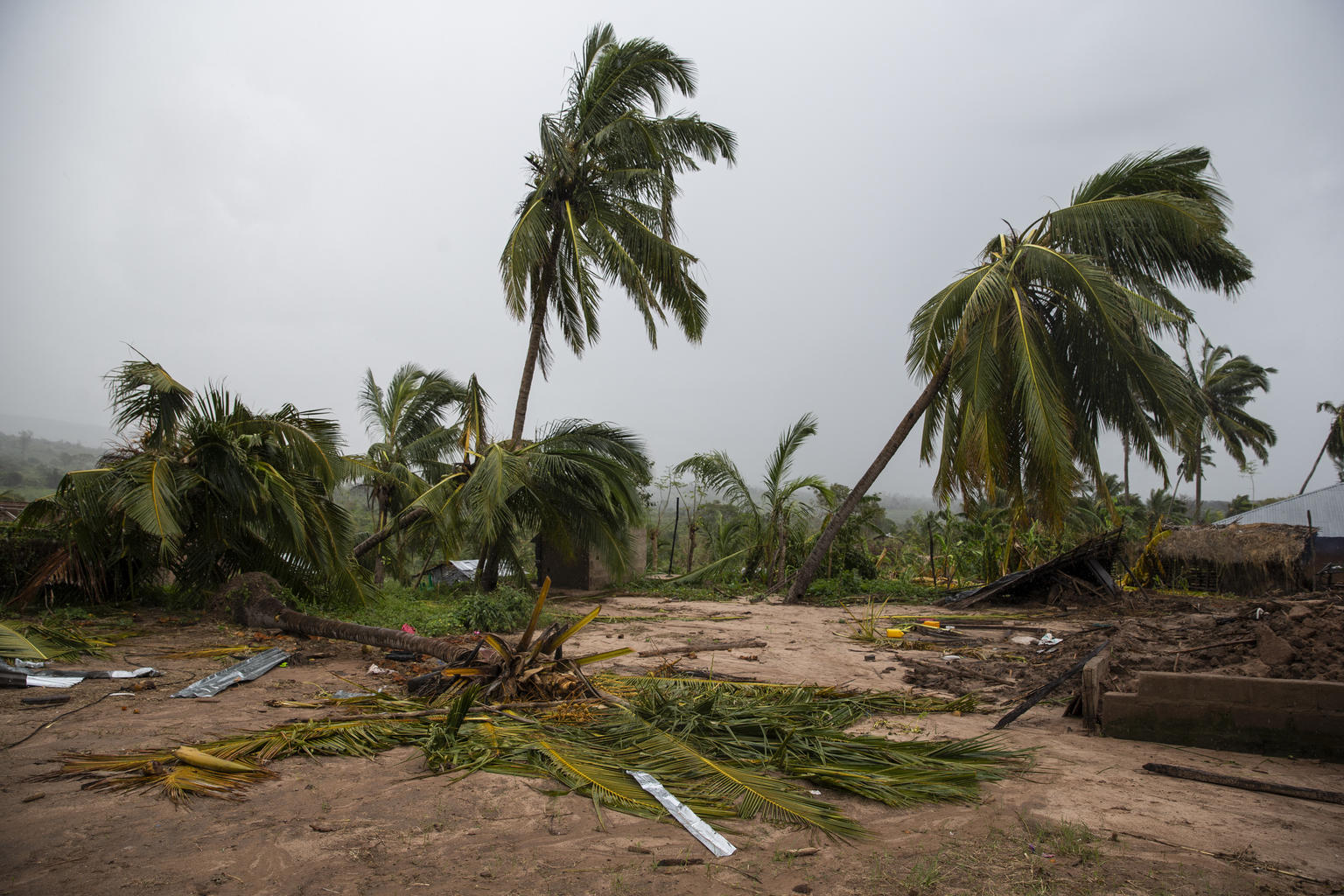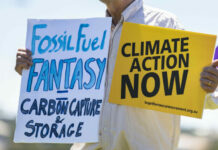Cyclone Kenneth and Idai both hit the Mozambican coast less than a month apart. The damage from both the cyclones wreaked havoc on the people and infrastructure in the affected areas. Climate change is being pinpointed as a huge cause of the cyclones.
One group of people are worst affected.
“I don’t want you to be hopeful, I want you to panic, I want you to feel the fear I feel every day. And then I want you to act,” Greta Thunberg, climate change activist told delegates at the 2019 World Economic Forum.
The schoolgirl from Sweden has been leading protests and school walk-outs in her country, inspiring many around the world. She is raising awareness about the growing threat of climate change, and the fact that politicians and governments are just not taking it seriously.
People her age in worlds far removed in Mozambique and India face the brunt. Climate change is not going anywhere. Its impact is being felt by the most vulnerable: children, especially those living in extremely unequal conditions.
UNICEF on children and climate change
In the wake of the cyclones, UNICEF, the United Nations’s children’s rights and emergency relief organisation – who has been actively working in Mozambique – said they are concerned about the impact of climate change on children.
“Children will bear the brunt of these disasters,” said Gautam Narasimhan, UNICEF senior adviser on climate change. “In the short term, the most vulnerable children are at risk of drowning and landslides, deadly diseases including cholera and malaria, malnutrition from reduced agricultural production, and psychological trauma – all of which are compounded when health centers and schools are impacted,” he said.
Narasimhan added: “In the long term, cycles of poverty can linger for years and limit the capacity of families and communities to adapt to climate change and to reduce the risk of disasters.”
Cyclones in Mozambique and India
In Mozambique 1.1 million children are affected by the cyclones.
The aftermath of Cyclone Idai affected one million children. Many of the people and children affected by Idai are still staying in shelters with their homes destroyed.
With Cyclone Kenneth – the strongest storm Mozambique ever recorded – there were more than 120,000 children affected. Part of the huge infrastructure damage caused by the storm was the destruction of hundreds of schools.
In May, Cyclone Fani hit Odisha in India. Ten million children were in the path of the cyclone. Fani is being described as India’s strongest cyclone in more than 20 years.
In a statement released on May 4, Henrietta Fore, UNICEF’s executive director said: “Cyclones, droughts and other extreme weather events are increasing in frequency and intensity. As we have seen in Mozambique and elsewhere, poorer countries and communities are disproportionately affected. For children who are already vulnerable, the impact can be devastating.”
Recovery from Cyclones
The Daily Vox had an email interview with Priscilla Ofori-Amanfo, a Unicef emergencies communication specialist on April 30. She said this was the first time in recorded history two strong tropical cyclones hit Mozambique in the same season.
Ofori-Amanfo said: “The recovery process from Idai has been affected in terms of UNICEF’s outreach to affected communities, as our humanitarian teams are now stretched between the two recovery operations.”
She said many people lost their homes with whole livelihoods wiped out following Kenneth.
“Idai also damaged over 3,500 classrooms. So the impact has been significant and families will take some time to recover from these cyclones,” she said.
As for the impact on children, Ofori-Amanfo were clear that this was of major concern to the organisation.
“As UNICEF we are concerned about how the cyclone could impact the nutrition of children in the affected areas. Cabo Delgado has the second highest rate of chronic malnutrition in the country and areas of high levels of chronic food insecurity,” she said.
As for the recovery process of Mozambique it is going to take a long time. Areas affected by Idai are likely to take six months to one year to recover. This depends on the severity of the damage on each area. At the time of the interview with Ofori-Amanfo, she said judging the damage of Kenneth could only take place once the rains had stopped.
How is South Africa tackling climate change
Just days before South Africans went to the polls on May 8, environmental groups expressed disappointment on the lack of climate change policies from key political parties. Action 24, 350Africa.org, Greenpeace Africa and Copac analysed party manifestos comparing it to the Paris Climate Agreement.
They found a “lack of a comprehensive, ambitious,and innovative vision of what a low-carbon, just, and inclusive society should look like – and of the deep systemic transformation that must take place to achieve it.”
During their press briefing, the parties said the flood in KwaZulu Natal and the Eastern Cape showed the gaps in climate adaptation and mitigation strategies which need addressing.
Greenpeace Africa, Senior Political Advisor, Happy Khambule said, “The current crop of manifestos lacks understanding of what climate change is and they also lack acceptance of the fact that climate change is already happening.”
Khambule said: “It is not going to impact us, the ordinary voters and citizens, in the future; it is already affecting us now.”









